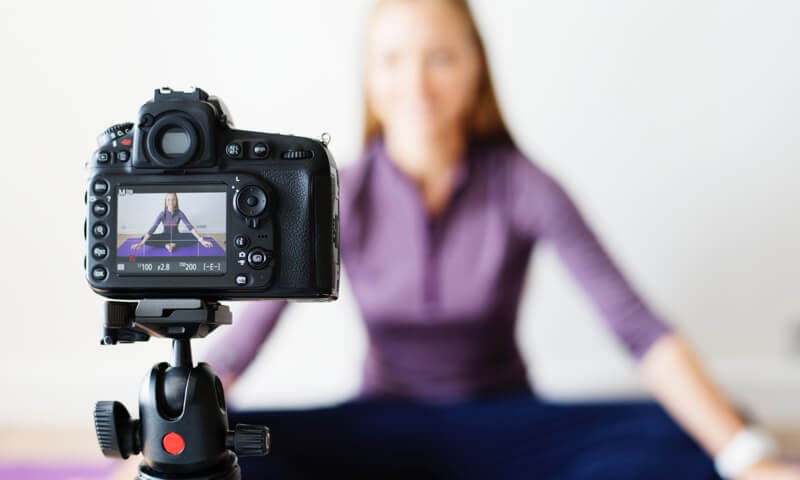Arguably, no one is more under pressure than a student juggling multiple units with so much to cover in so little time. University students often have to burn the midnight oil in exam preparation.
These study techniques have been tried, tested, and proven to be the best to boost concentration and memory retention.
1. Exercise before studying for better concentration
There is no better way to prepare for a study session than to intake fresh air while physically engaging your body. That is a double dose of health benefits and will do a person good.
Together with giving a person a chance to clear their mind in preparation for information consumption, it allows a learner to prepare their mind for later studies. The perks of exercising before studying include improvement of cognitive functions, growth of new brain cells, and keeping you free from stress. This would go a long way in helping with effective studying by ensuring that whatever learning strategy is applied has a positive impact.
2. Apply the SQ3R technique for enhanced understanding
This study technique is called QSR, which means Survey, Question, Read, Recite, and Review.
Survey: More often than not, this is a perusal of the content noting all essential features. This could include maps, charts, and graphs. This gives the learner a general idea of what to expect.
Question:Effective studying involves asking many questions. In personal study, one can come up with questions to give objectives for the study.
In group work, members can challenge each other with questions to test understanding. This step is beneficial, especially for people with shorter memory retention as it gives them a chance to address the things learned.
Read: Education comes with more reading. Reading gives a chance to internalize the content and breeds understanding. It is advisable to read repeatedly until a concept is understood to prevent this from being an exercise in futility.
Recite: It does wonders for the memory if one can comfortably recite the things learned. This instills confidence in the learner, attributed to the knowledge that they have facts. It also makes it easier to master pronunciation and audibility, which are crucial in oral exams.
Review: Reviewing your work will help detect errors and make corrections. As a final touch it will help determine if the article answered all your questions adequately. It also gives a chance to add pieces of information that are relevant to the student.
3. Using different colors for different concepts.
Using different colors during study sessions is a globally adopted study technique. Highlighting different concepts in different colors makes it easier to keep track of the various ideas.
For example, one might choose to highlight an idea that has yet to be grasped in red, while for those that are understood, green could be used. It can help university students use more time to know what they don’t, thus managing time wisely and investing it in conflict areas.

A mid-article heading, why not?
At vero eos et accusamus et iusto odio dignissimos ducimus qui blanditiis praesentium voluptatum deleniti atque corrupti quos dolores et quas molestias excepturi sint occaecati cupiditate non provident, similique sunt in culpa qui officia deserunt mollitia animi, id est laborum et dolorum fuga. Et harum quidem rerum facilis est et expedita distinctio. Nam libero tempore, cum soluta nobis est eligendi optio cumque.
“Insight is a really simple idea, made possible by technology. If there’s something you need doing” — Anthony Vasquez, CEO
Nam libero tempore, cum soluta nobis est eligendi optio cumque nihil impedit quo minus id quod maxime placeat facere possimus, omnis voluptas assumenda est, omnis dolor repellendus. Temporibus autem quibusdam et aut officiis debitis aut rerum necessitatibus saepe eveniet ut et voluptates repudiandae sint et molestiae non recusandae. Itaque earum rerum.
Ut enim ad minima veniam, quis nostrum exercitationem ullam corporis suscipit laboriosam, nisi ut aliquid ex ea commodi consequatur? Quis autem vel eum iure reprehenderit qui in ea voluptate velit esse quam nihil molestiae consequatur, vel illum qui dolorem eum fugiat quo voluptas nulla pariatur.

- Here's the first thing
- Another point
- A related point to be made
- Second step goes here
- Third step is not be forgotton
- Here comes the final point
Summing it all up
At vero eos et accusamus et iusto odio dignissimos ducimus qui blanditiis praesentium voluptatum deleniti atque corrupti quos dolores et quas molestias excepturi sint occaecati cupiditate non provident, similique sunt in culpa qui officia deserunt mollitia animi, id est laborum et dolorum fuga. Et harum quidem rerum facilis est et expedita distinctio. Nam libero tempore, cum soluta nobis est eligendi optio cumque nihil impedit quo minus id quod maxime placeat.



